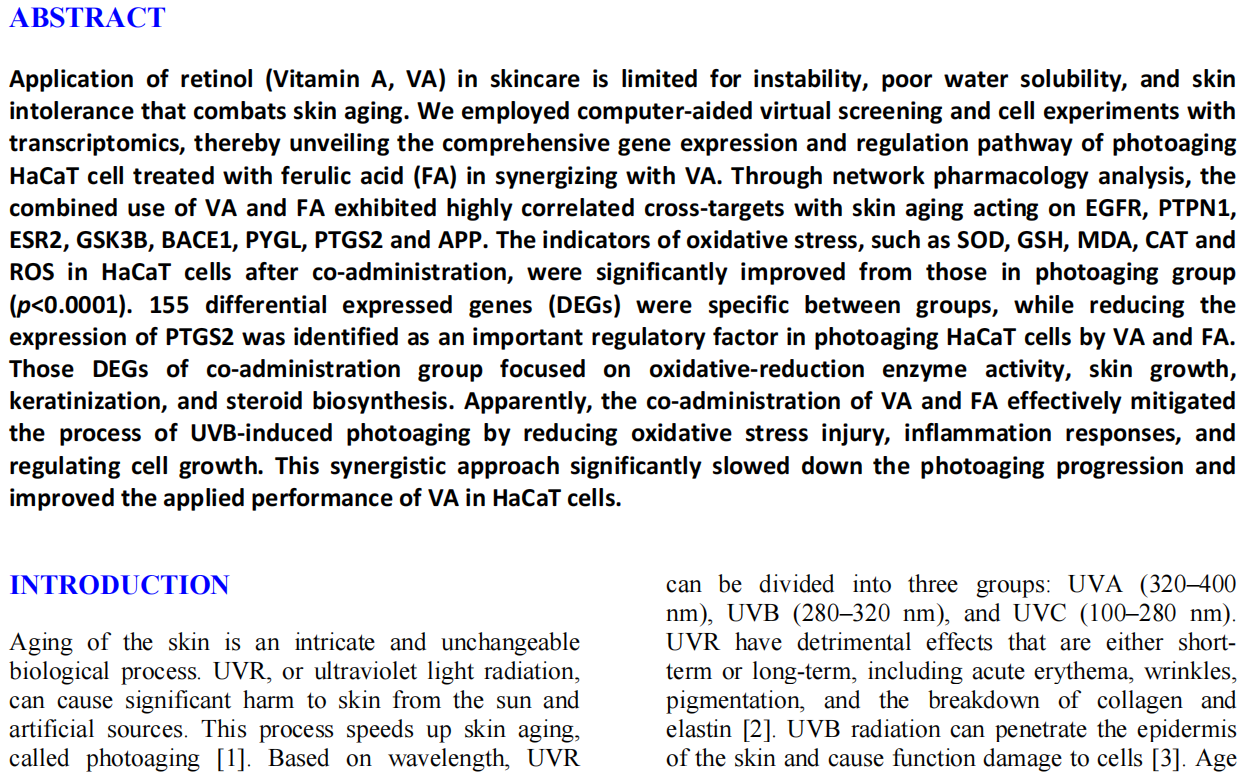
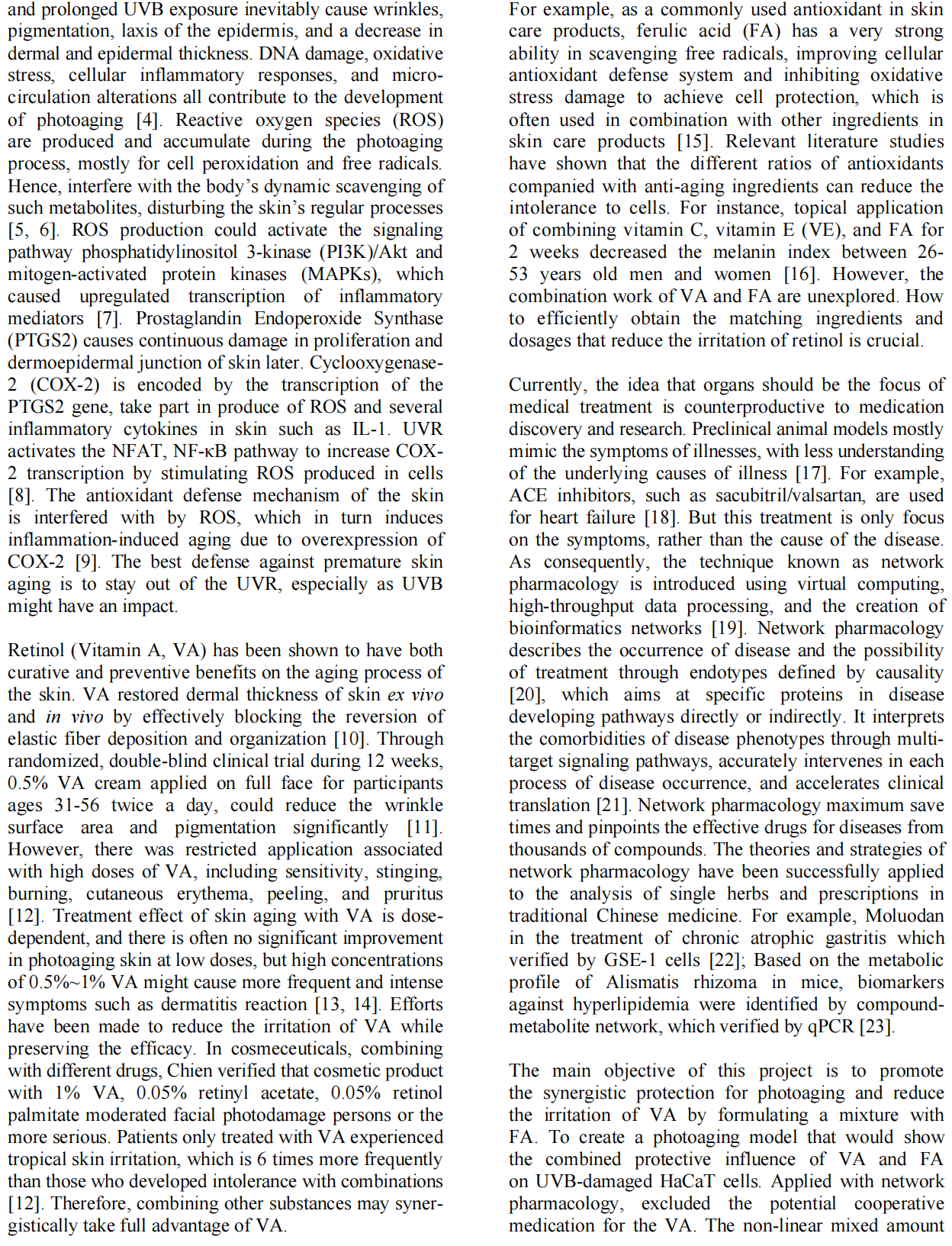
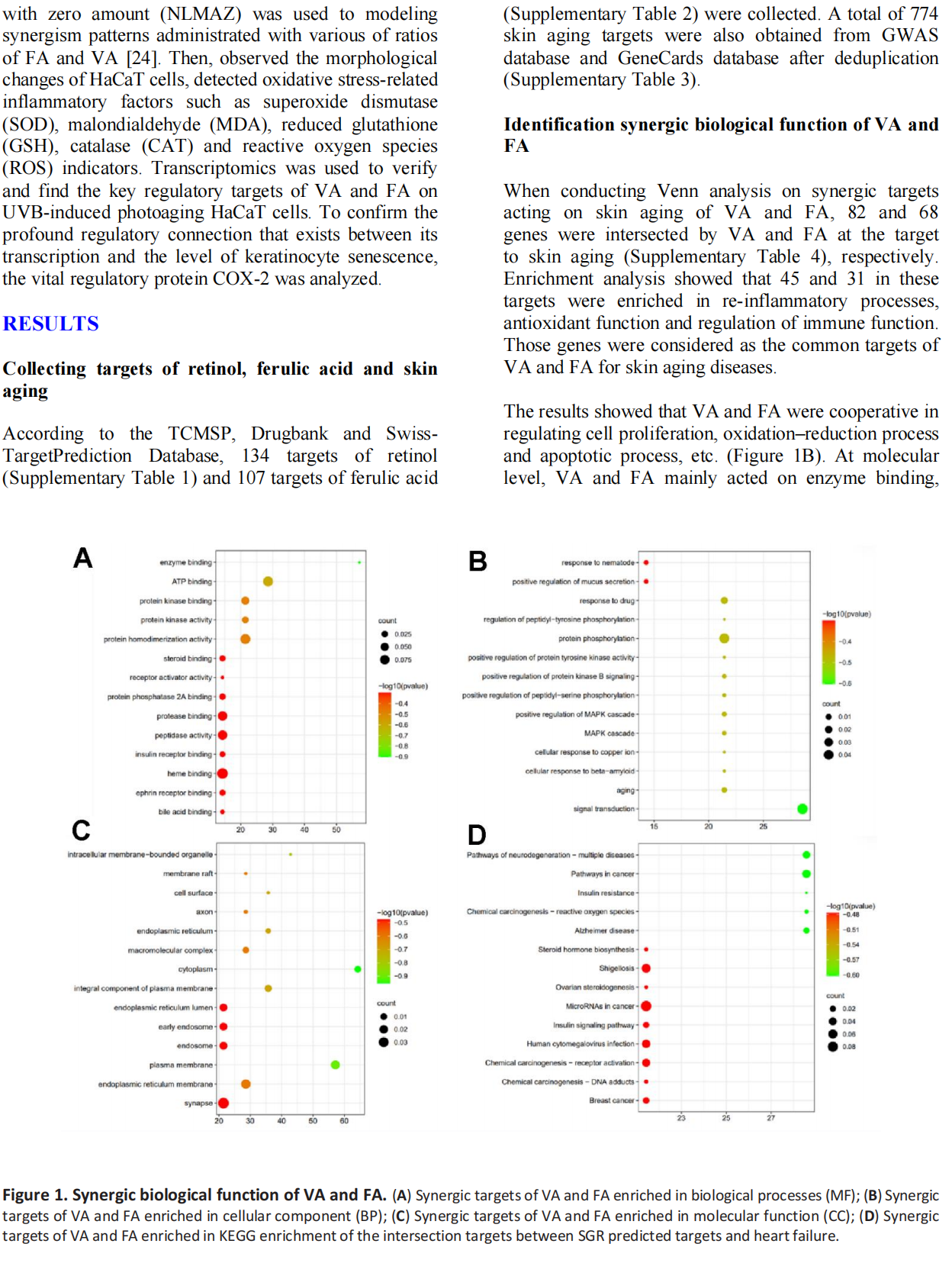
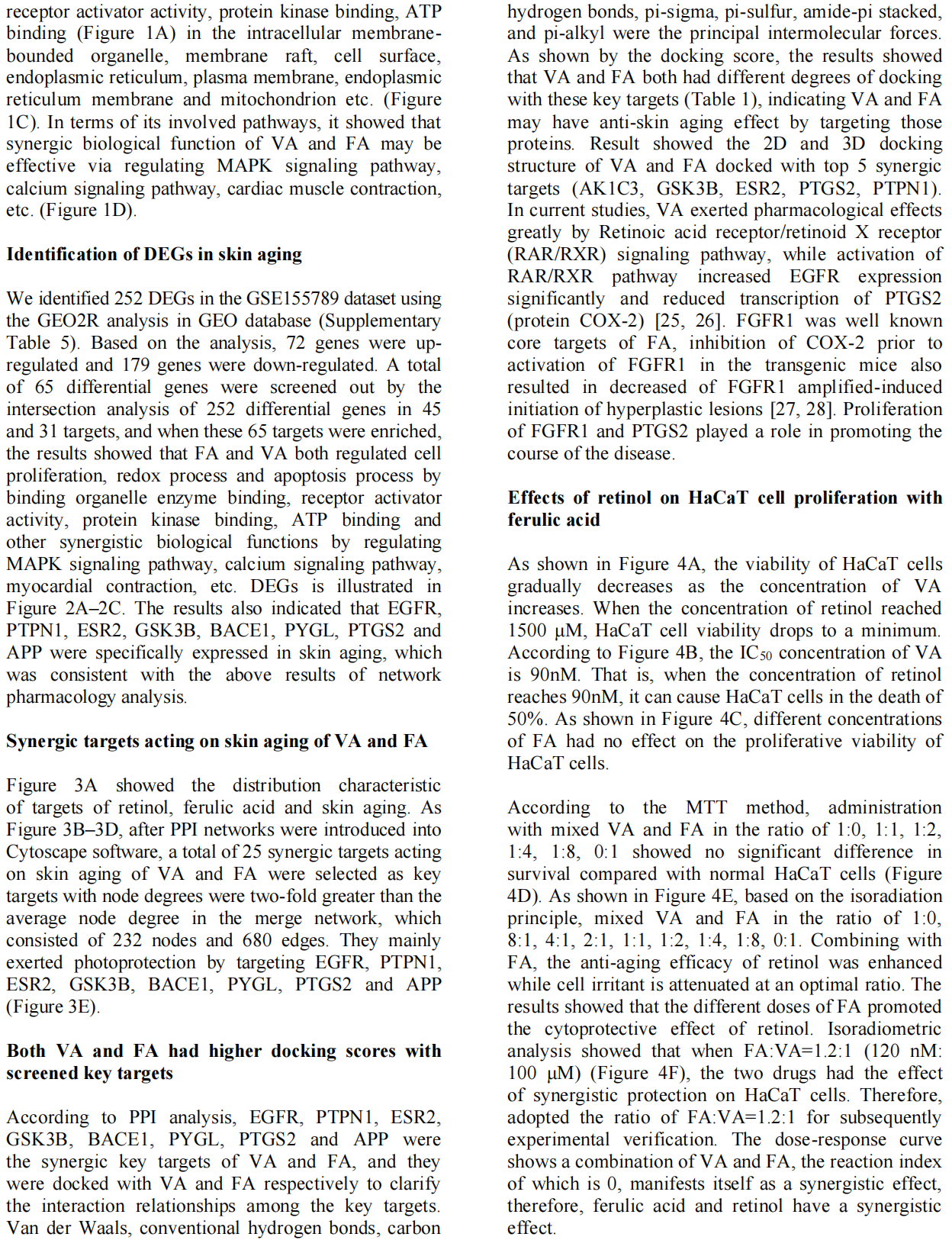
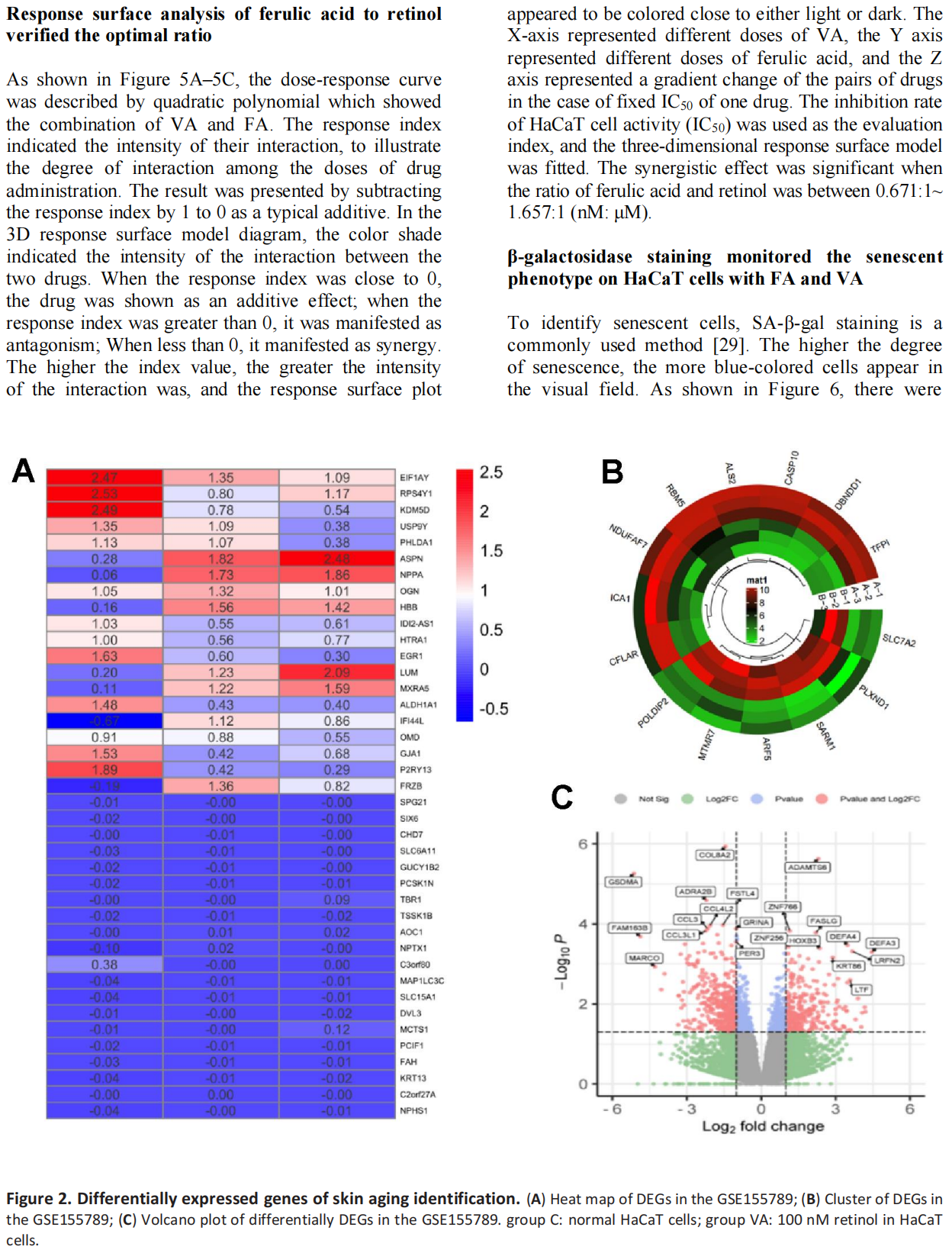
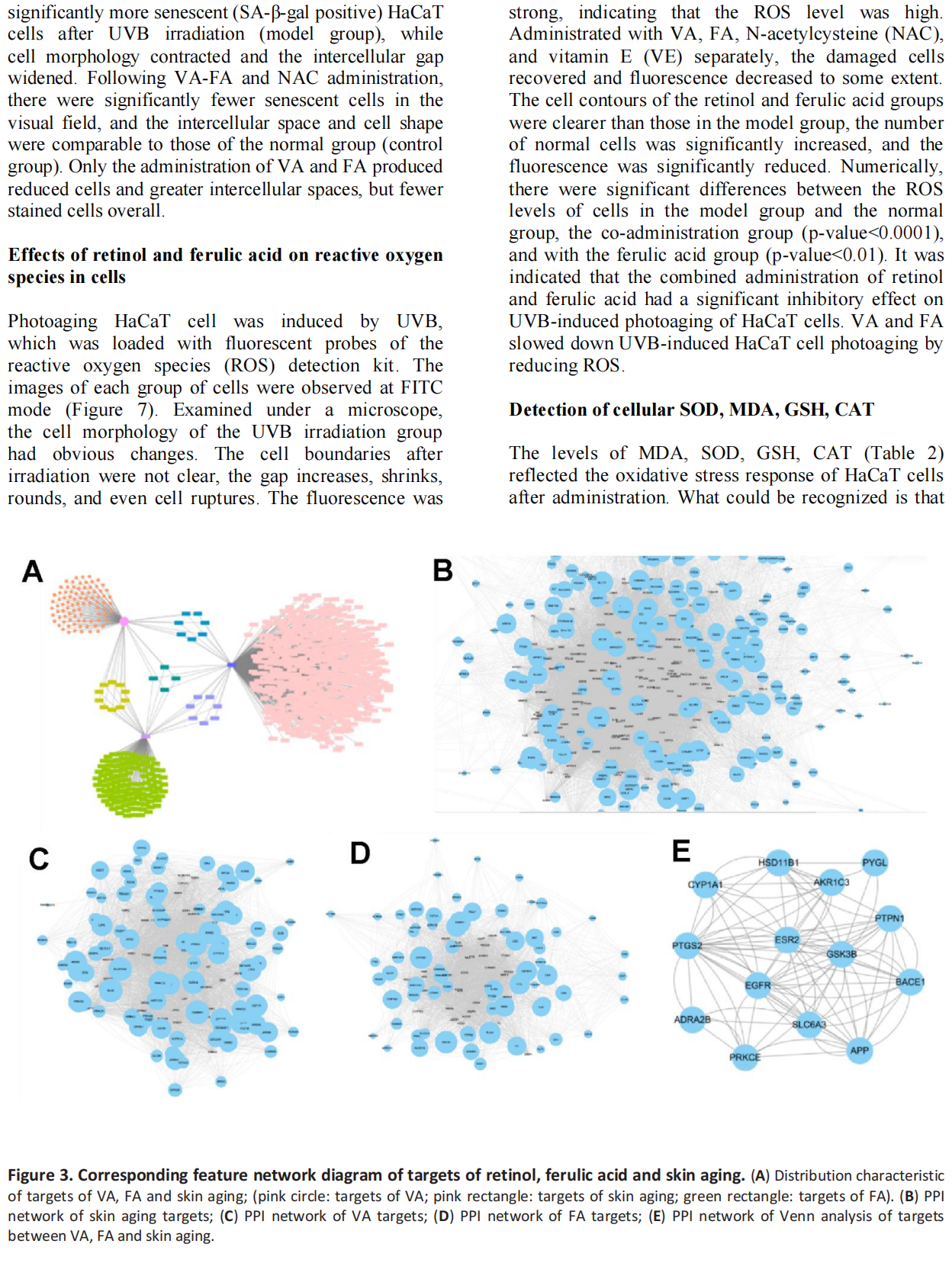
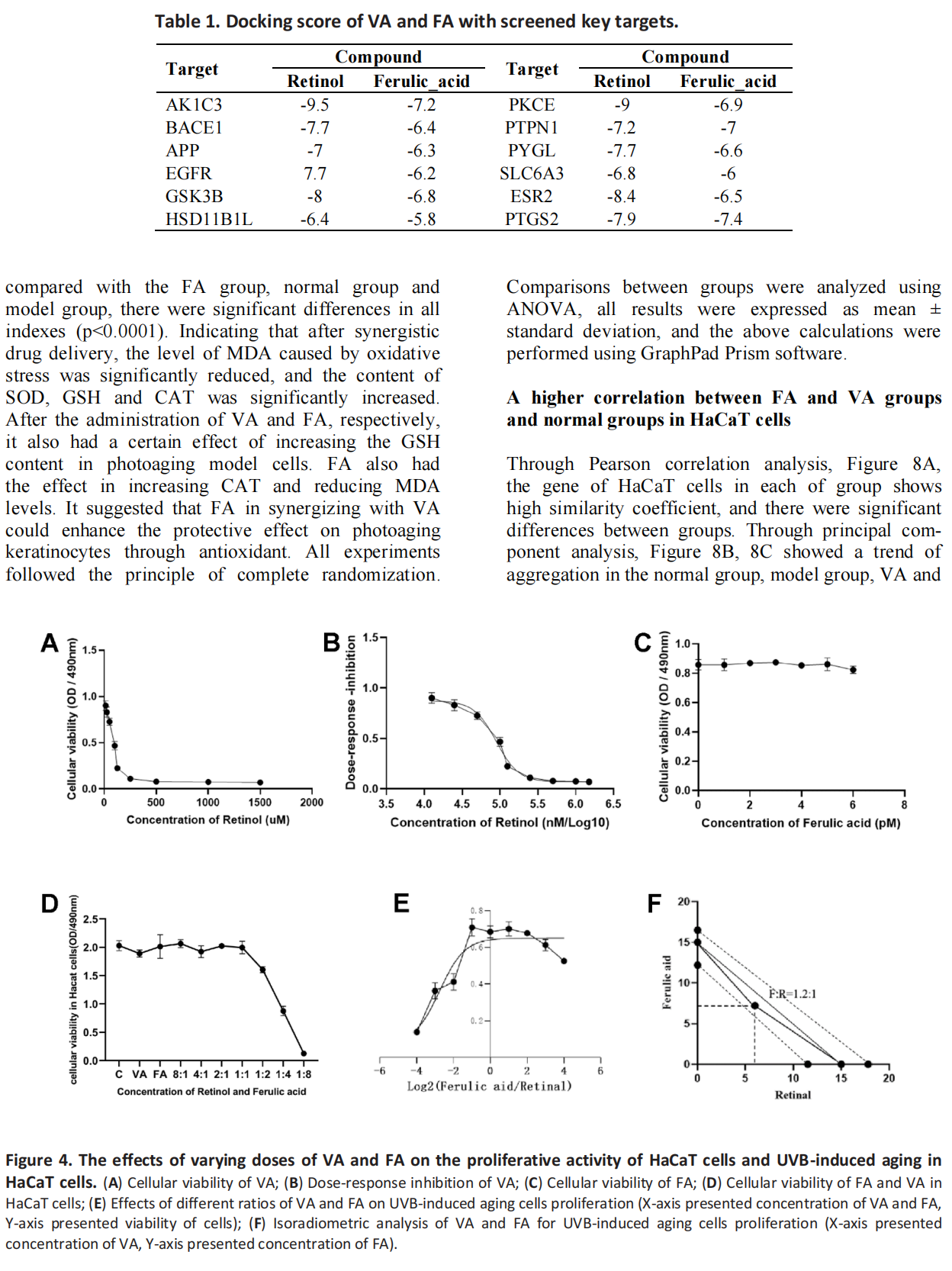
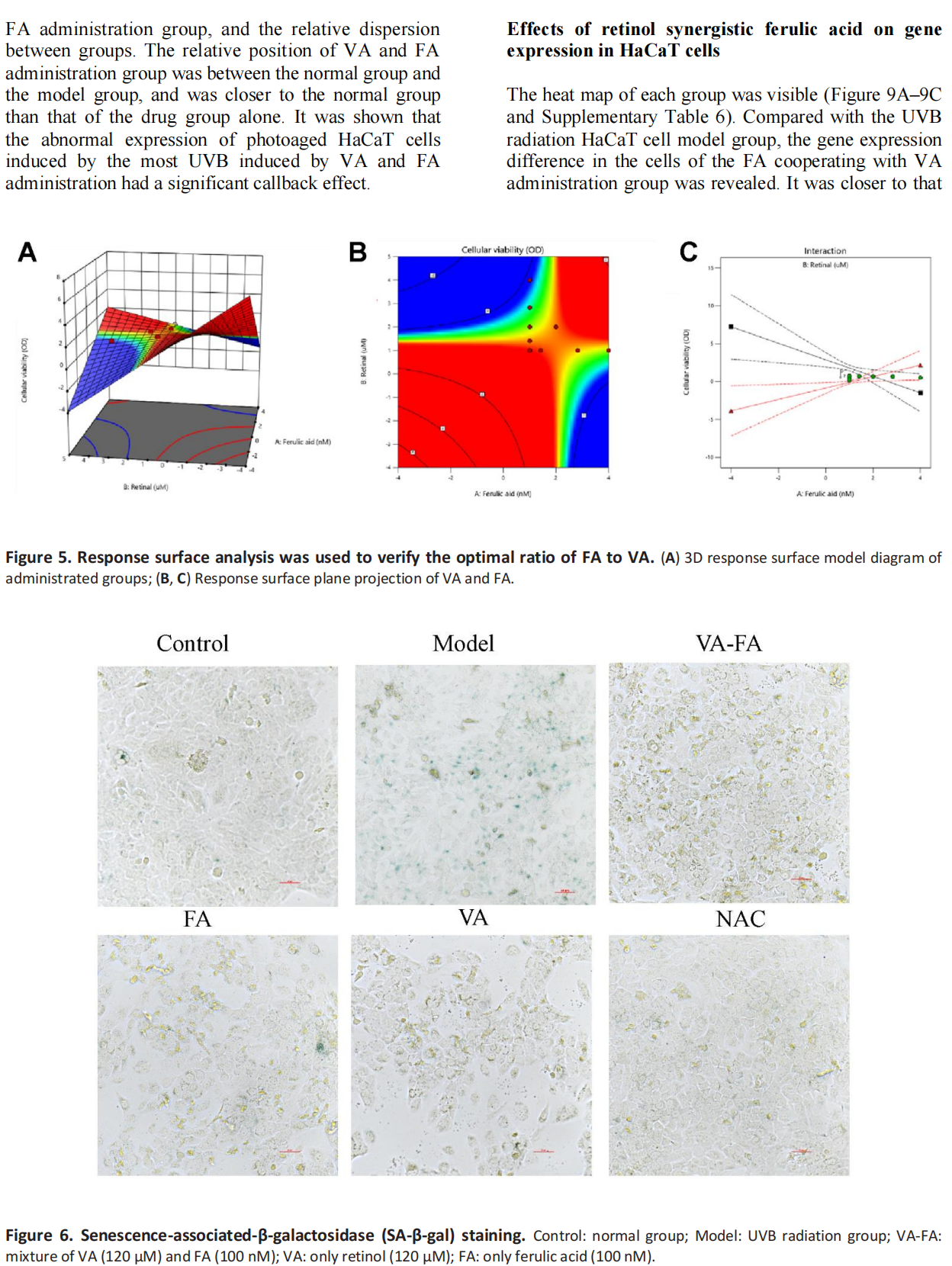
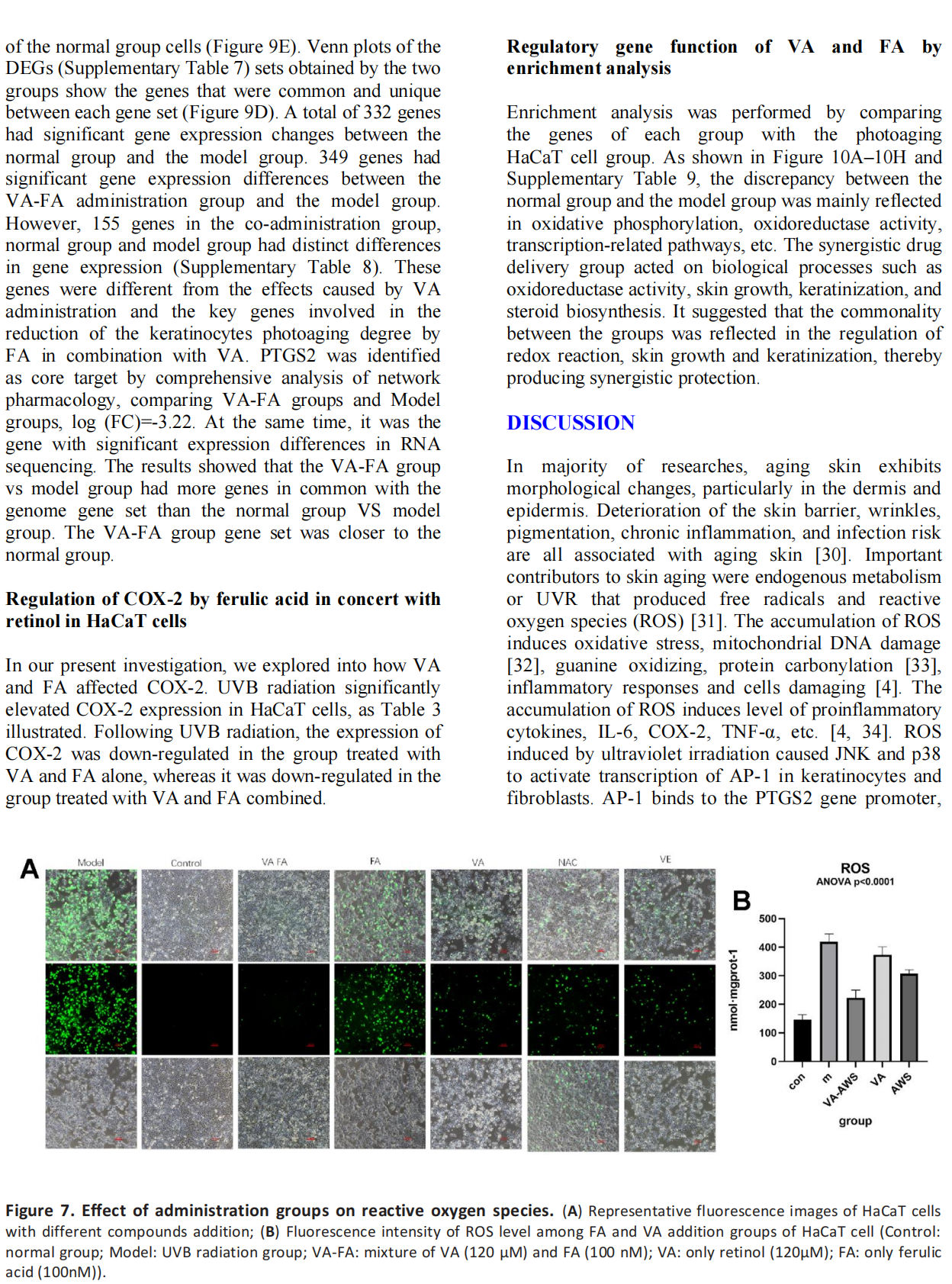
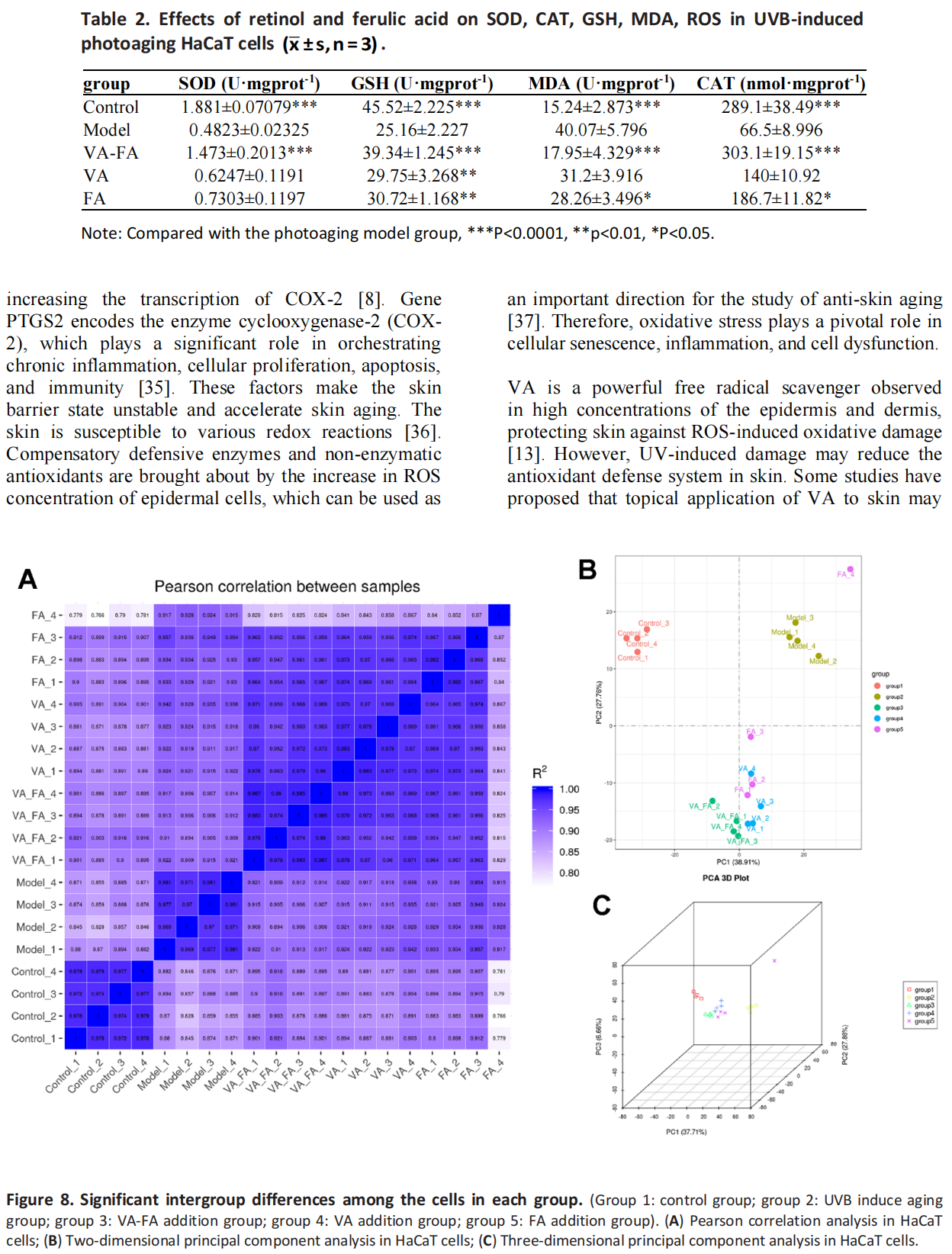
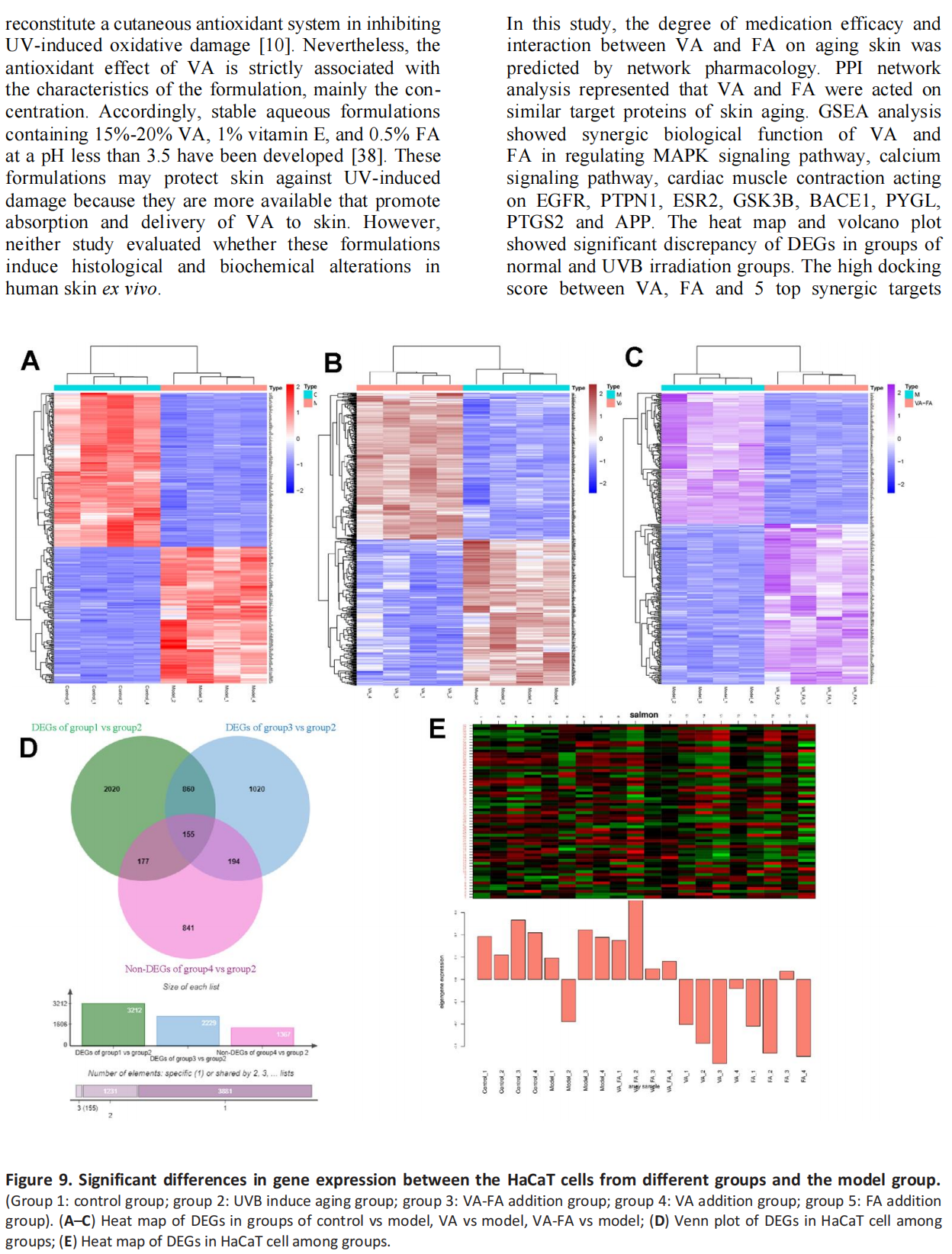
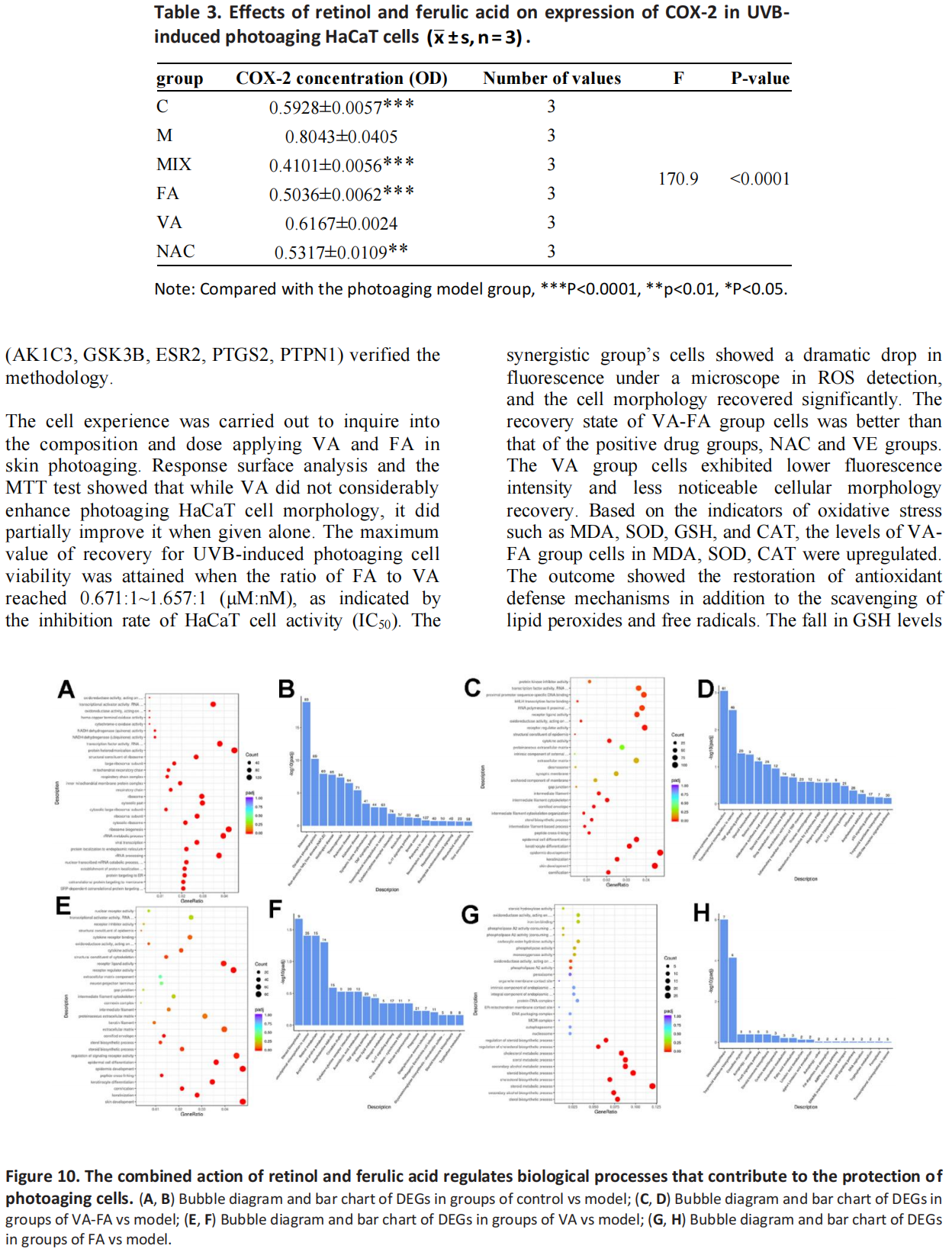
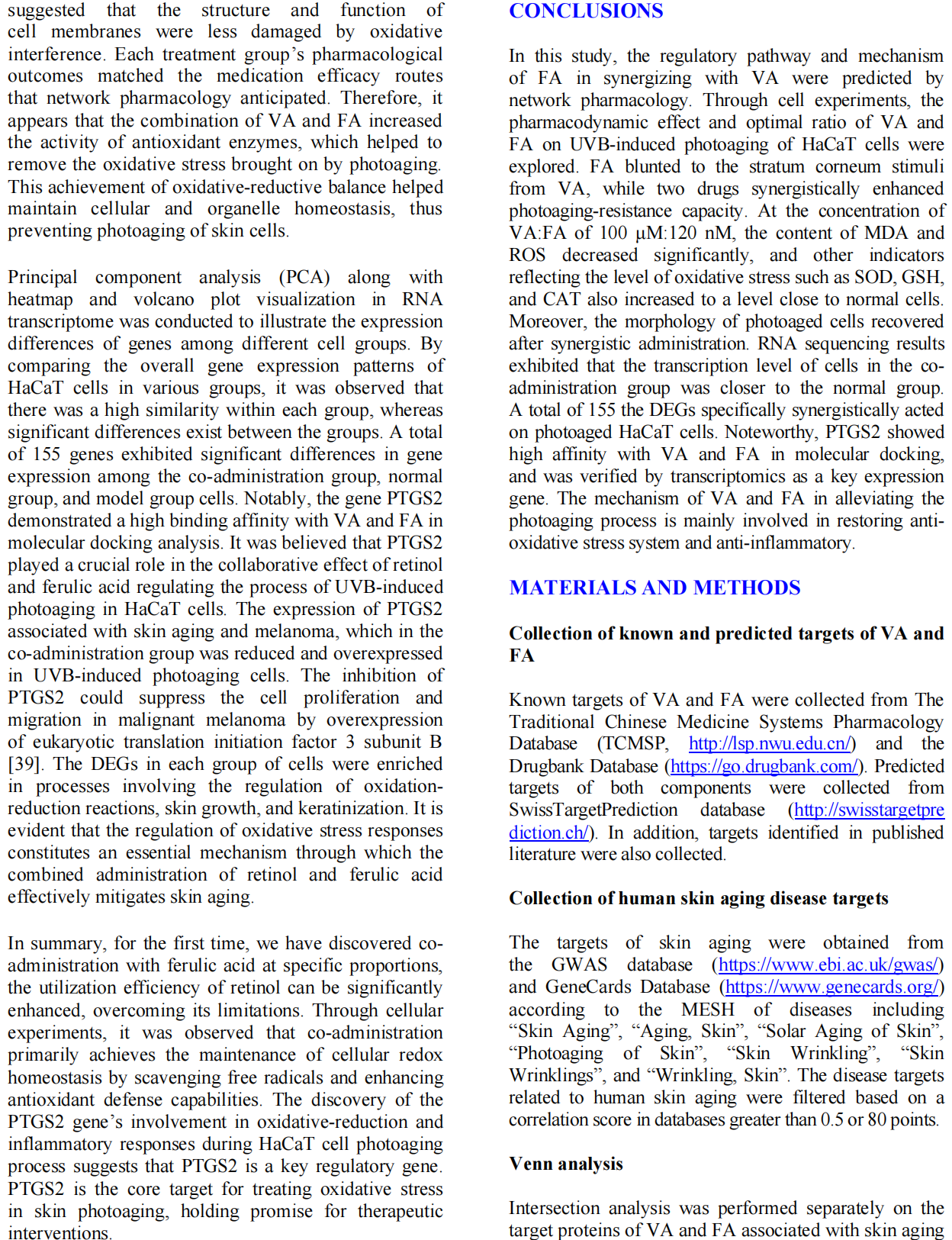
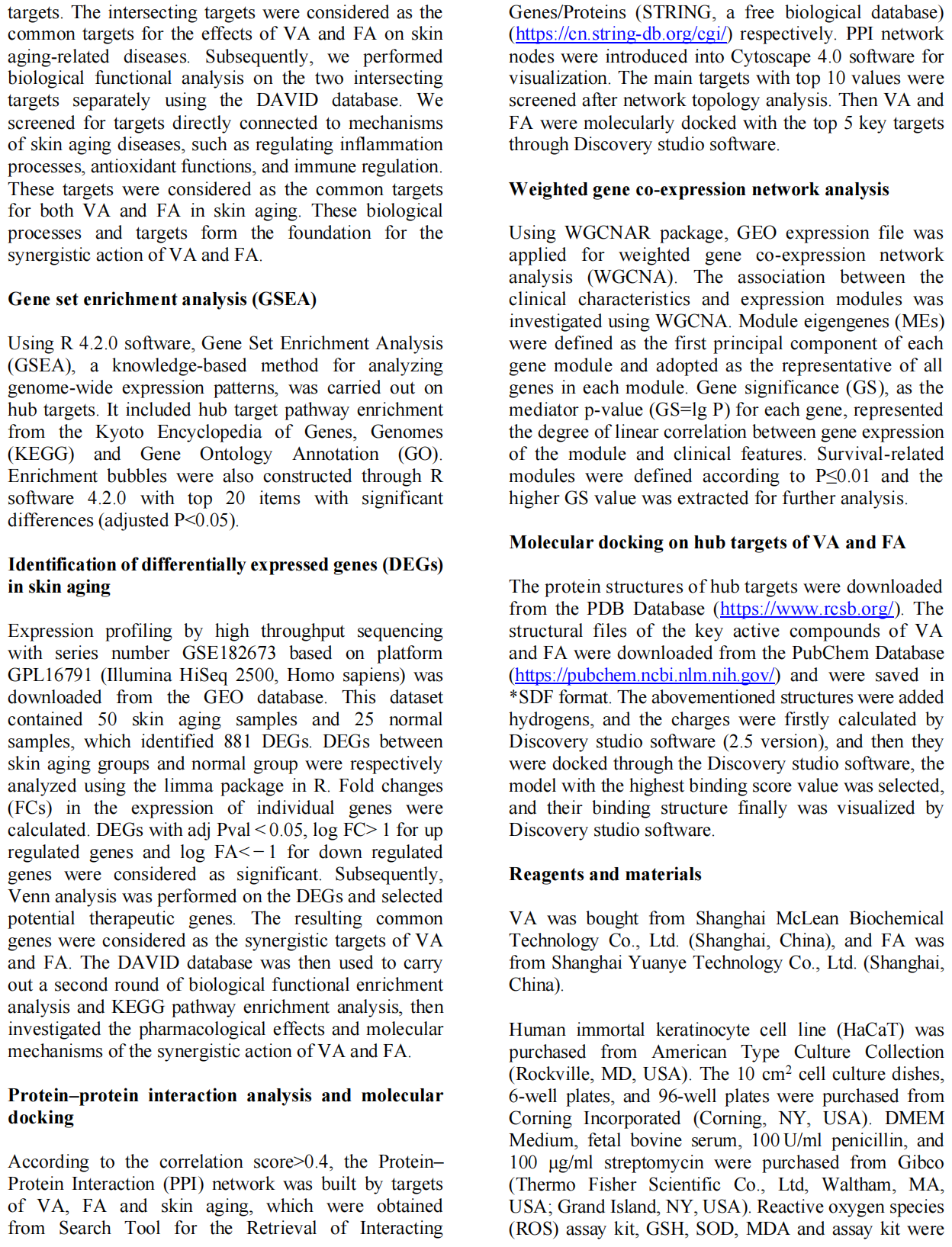
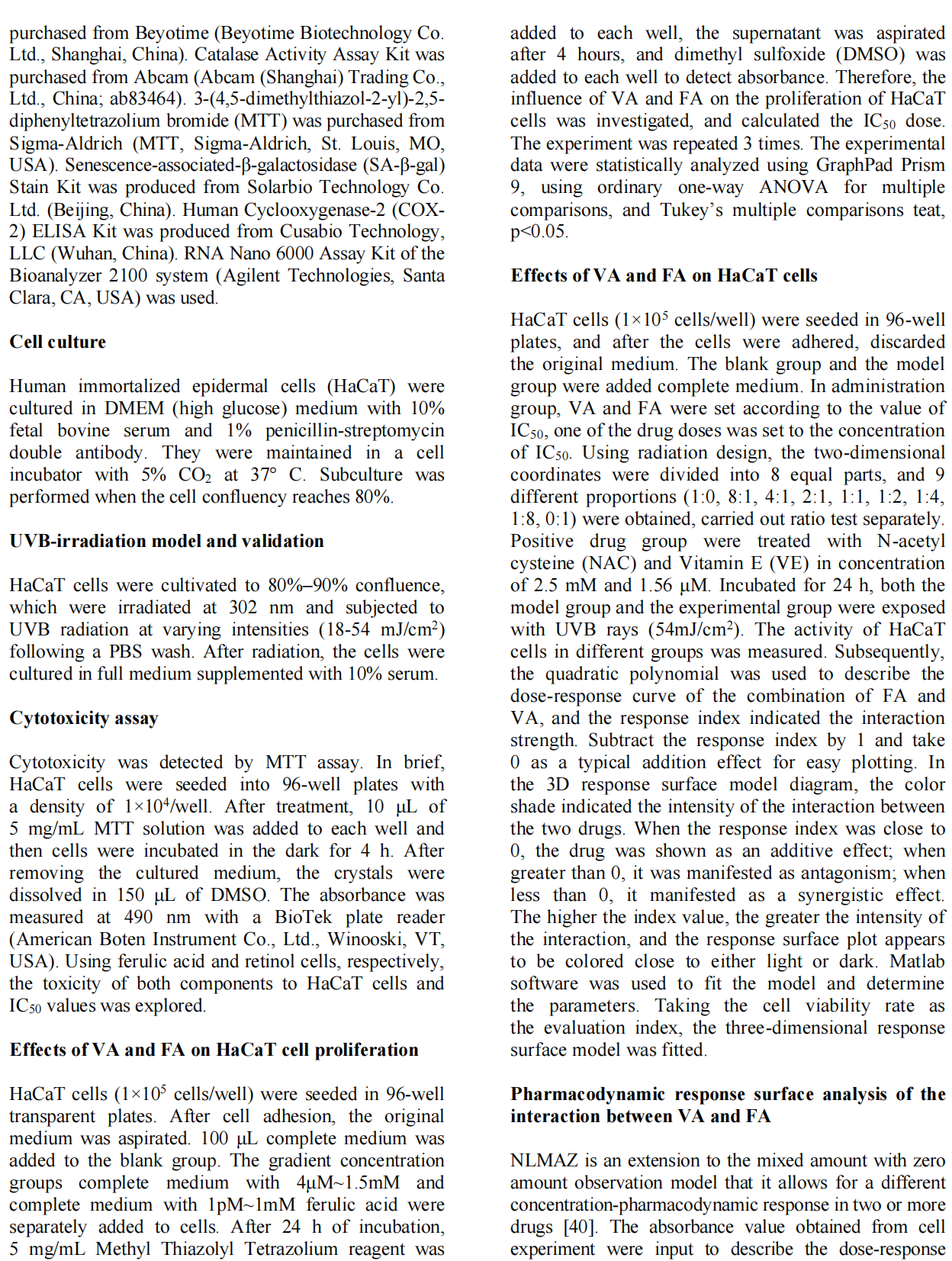
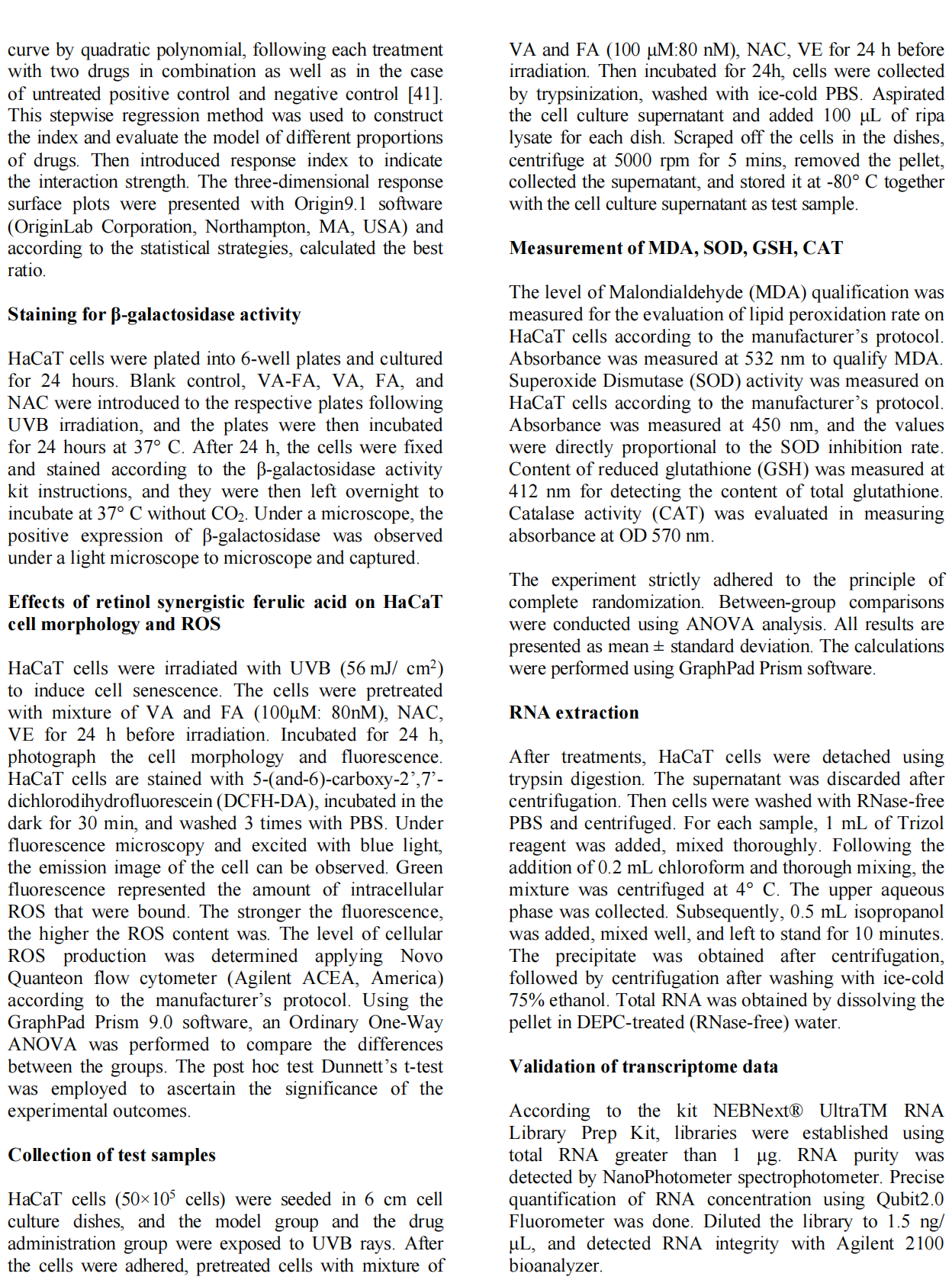
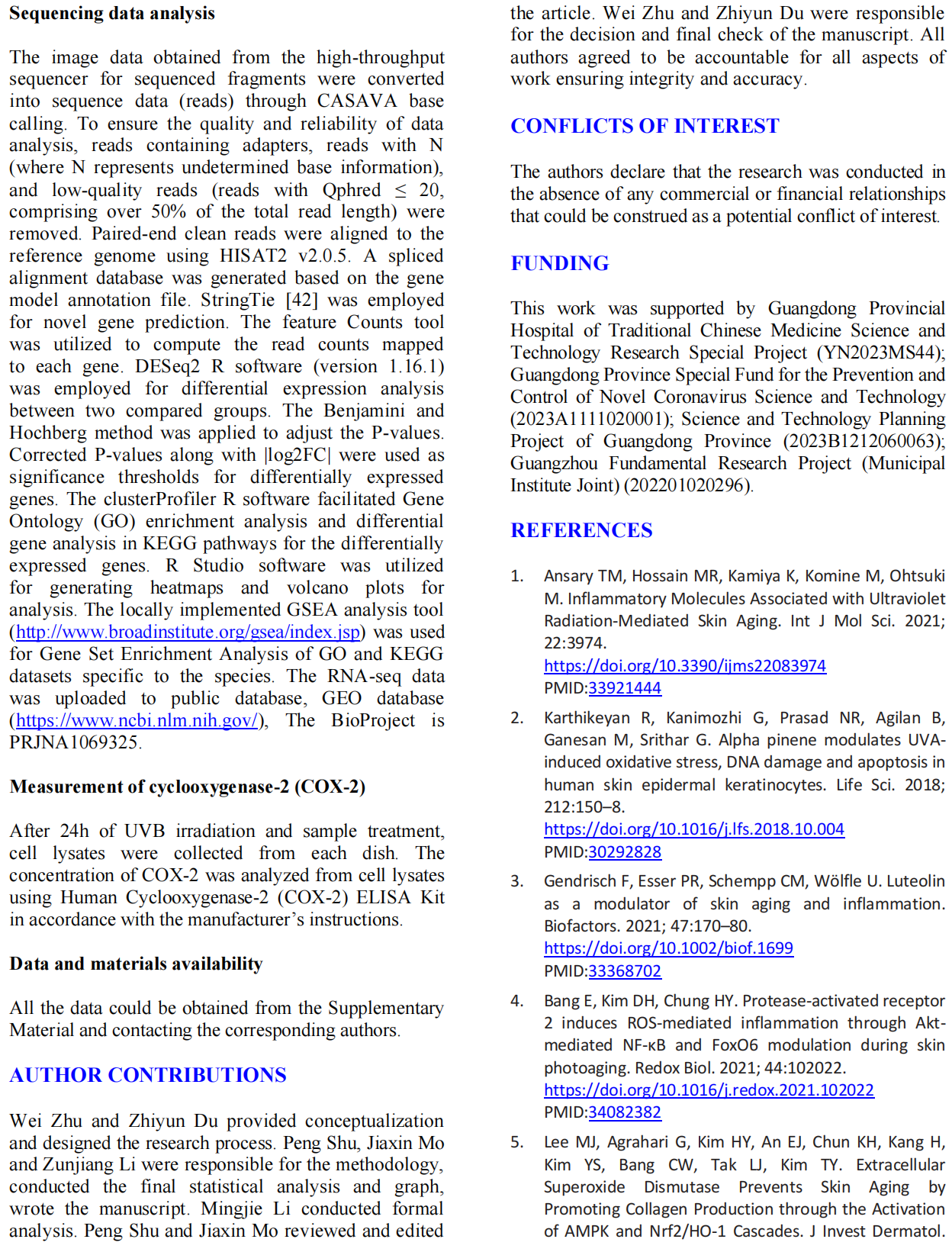
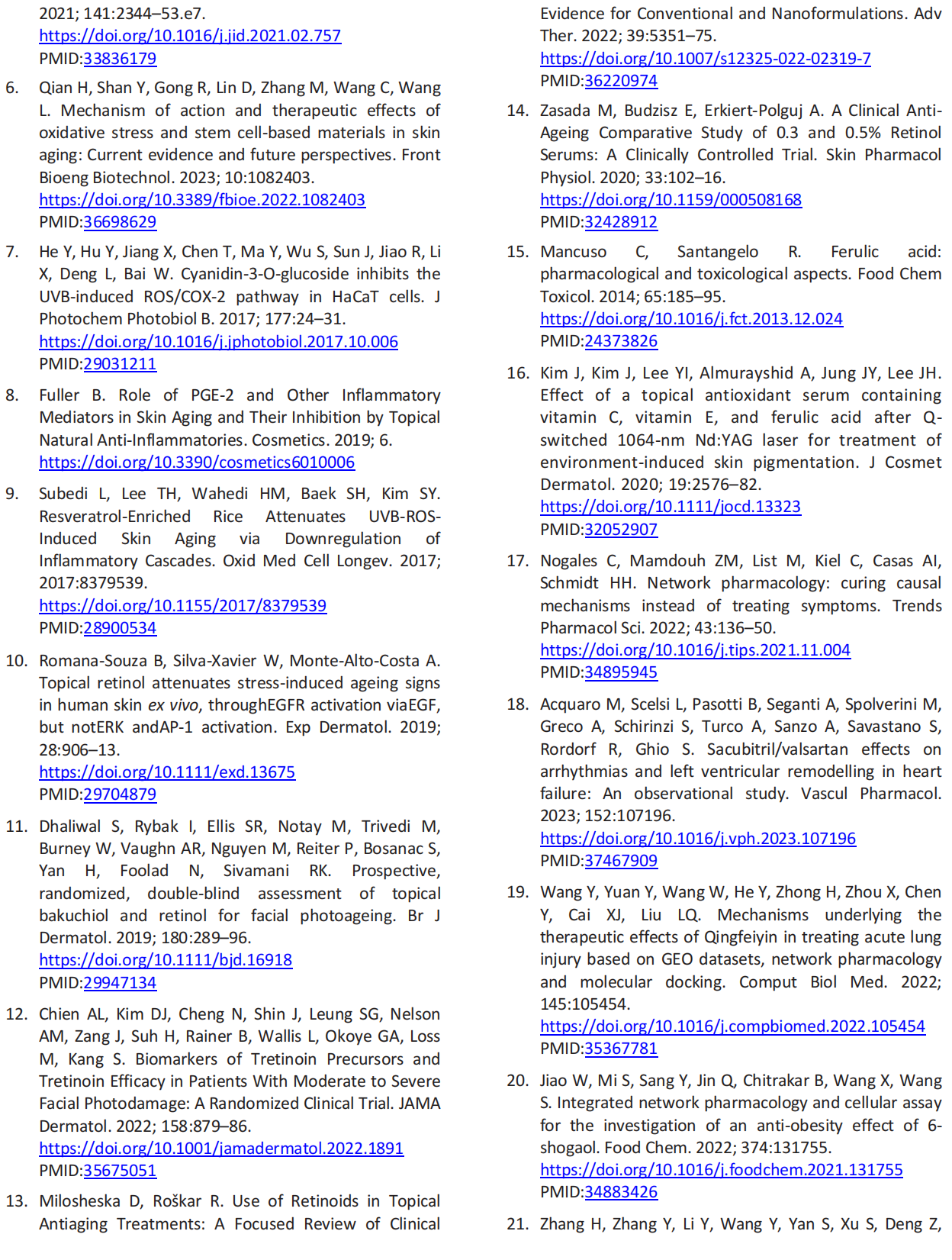
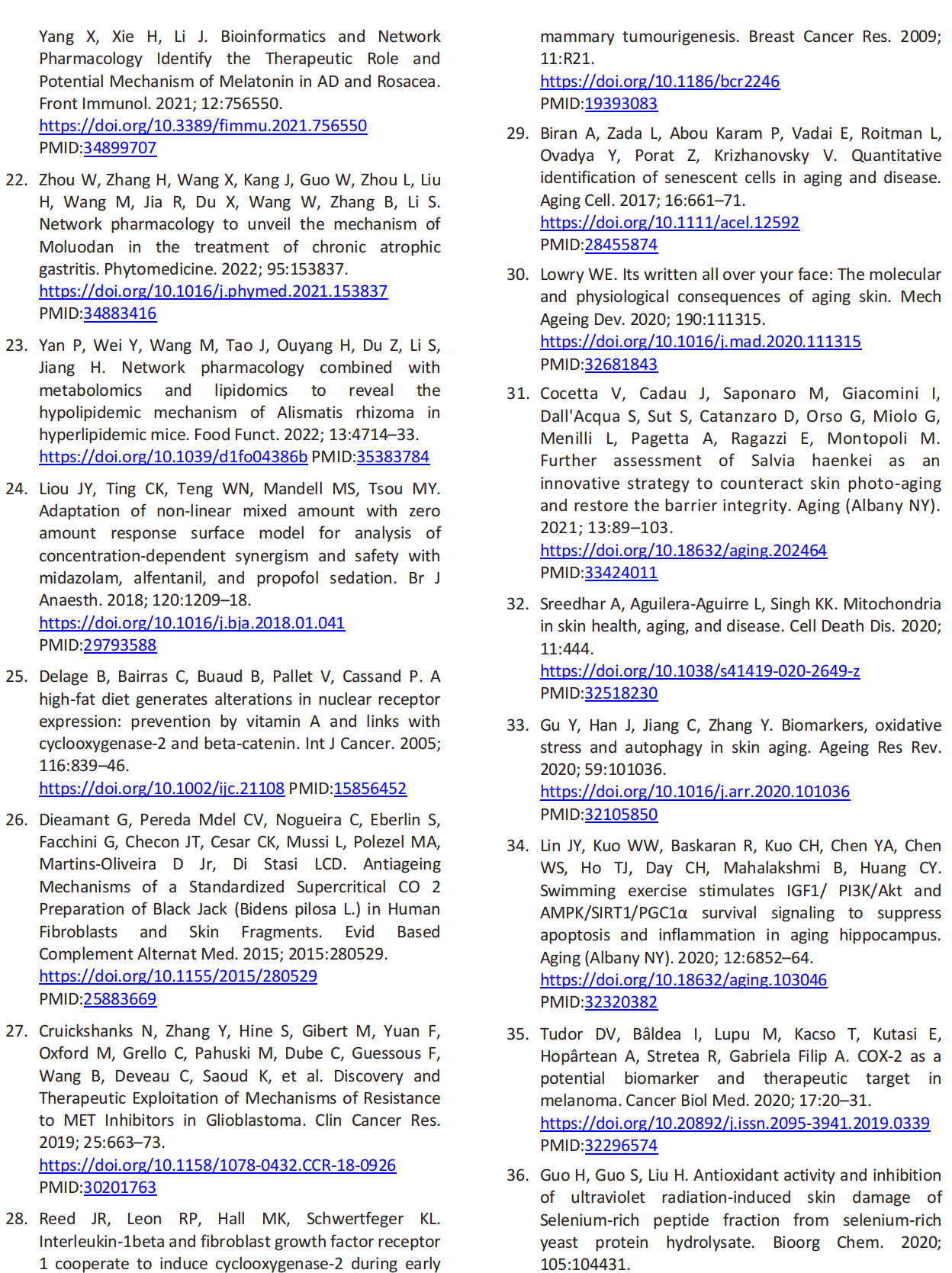
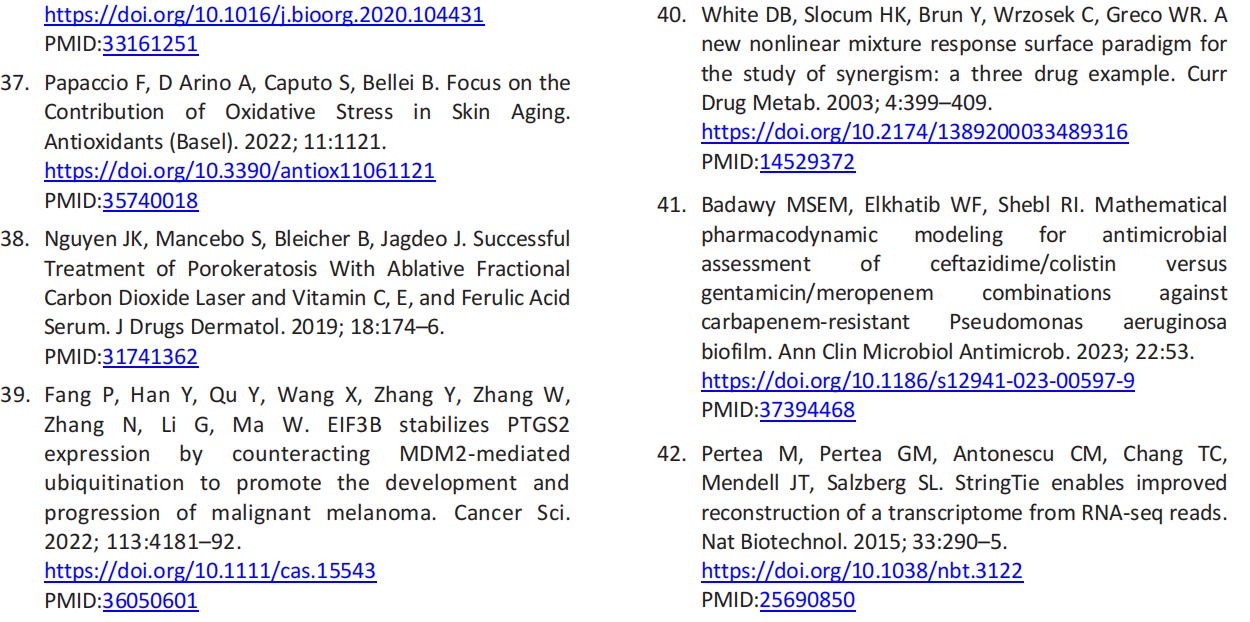

This article is excerpted from the AGING 2024, Vol. 16, No. 8 by Wound World.
Peng Shu1,3,4,* , Jiaxin Mo2,*, Zunjiang Li2 , Mingjie Li3 , Wei Zhu2,5, Zhiyun Du1,4
1 State Key Laboratory Basis of Xinjiang Indigenous Medicinal Plants Resource Utilization, CAS Key Laboratory of Chemistry of Plant Resources in Arid Regions, Xinjiang Technical Institute of Physics and Chemistry, Chinese Academy of Sciences, Urumqi 830011, Xinjiang, P.R. China
2 The Second Clinical College, Guangzhou University of Chinese Medicine, Guangzhou 510006, Guangdong, P.R. China
3 HBN Research Institute and Biological Laboratory, Shenzhen Hujia Technology Co., Ltd., Shenzhen 518000, Guangdong, P.R. China
4 University of Chinese Academy of Sciences, Beijing 100049, P.R. China
5 Guangdong Provincial Key Laboratory of Clinical Research on Traditional Chinese Medicine Syndrome, Guangzhou 510006, Guangdong, P.R. China *Co-first author
Correspondence to: Wei Zhu, Zhiyun Du; email: 该Email地址已收到反垃圾邮件插件保护。要显示它您需要在浏览器中启用JavaScript。, https://orcid.org/0000-0003-1165-634X; 该Email地址已收到反垃圾邮件插件保护。要显示它您需要在浏览器中启用JavaScript。
Keywords: retinol, ferulic acid, cooperative photoprotection, skin aging, oxidative stress
Received: September 6, 2023
Accepted: February 20, 2024
Published: April 18, 2024
Copyright: © 2024 Shu et al. This is an open access article distributed under the terms of the Creative Commons Attribution License (CC BY 4.0), which permits unrestricted use, distribution, and reproduction in any medium, provided the original author and source are credited





















This article is excerpted from the AGING 2024, Vol. 16, No. 8 by Wound World.
